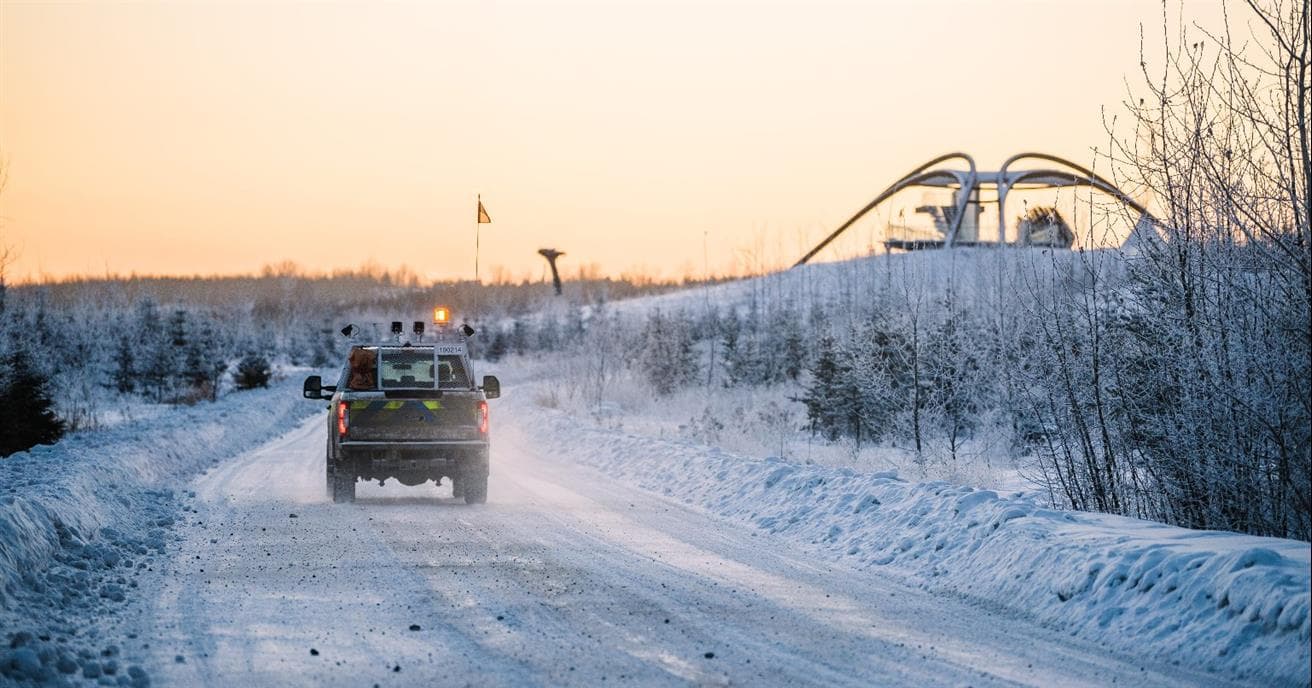
A widely-circulated article this week by the Associated Press misrepresents Canada’s oil sands industry by ignoring its progress improving environmental performance and its commitment to achieving climate targets.
Here are the facts.
Fact: Canadian oil is not “the world’s dirtiest”
The article repeats the false narrative that oil from the oil sands is far “dirtier” than other crudes produced around the world. This is not the case.
Analysis by S&P Global found that average oil sands emissions intensity is in the range of other crude oils consumed in the United States, the industry’s main customer. Oil sands emissions per barrel range from 1.6 per cent below to 8.6 per cent above the U.S. average, depending on production process, S&P Global predecessor IHS Markit reported in 2018.
Canada’s oil producers are doing more to reduce emissions than operators in other countries, according to BMO Capital Markets. Between 2013 and 2021, BMO estimates the average oil sands barrel shaved off more than 22 kilograms of emissions, compared to just five kilograms per barrel for other major global oil producers.
Fact: Oil sands producers reducing emissions per barrel, on track for absolute emissions reductions
This article also makes no mention of the success oil sands producers have had in reducing emissions per barrel. That so-called emissions intensity is now estimated to be 23 per cent lower than it was in 2009, according to S&P Global.
Further, there is no mention that the success producers have achieved in reducing emissions per barrel is now catching up to production growth, and total emissions may be close to their peak.
Last year, for the first time since S&P Global started estimating the data, production went up, but emissions did not. Total oil sands emissions were 81 megatonnes in 2022, nearly flat with 2021 despite a production increase of about 50,000 barrels per day.
Last year analysts predicted that absolute oil sands emissions would start going down by 2025, but the new findings indicate it could happen sooner. And that’s before shovels hit the ground for the Pathways Alliance’s foundational carbon capture and storage (CCS) project.
Fact: Pathways Alliance collaboration is critical to oil sands future
The article leaves out any mention of the Pathways Alliance, one of the most significant environmental initiatives ever undertaken in this country.
Six companies representing 95 per cent of Canada’s oil sands production are working together with the goal of net zero emissions in their operations by 2050.
With anticipated co-funding support from Canadian governments, the Alliance has announced plans to invest about $24 billion before 2030 in the first phase of its plan.
This includes $16.5 billion on its foundational CCS project and $7.6 billion on other technologies like switching to clean hydrogen and electricity to power oil sands operations.
About half of the targeted 22 million tonne per year emissions reduction by 2030 will come from the CCS network, connecting CO2 capture at an initial 14 oil sands facilities to a storage hub in northern Alberta.
Fact: CCS projects in Canada are working
The article perpetuates the inaccurate position that CCS is not a proven technology. But CCS in Canada has successfully operated for more than two decades.
Canada has six of the world’s 39 commercial CCS facilities, accounting for about 15 per cent of global CCS capacity even though Canada generates less than two per cent of global CO2 emissions, according to the International CCS Knowledge Centre.
In Alberta, since 2015 two CCS projects – both tied to oil sands production – have safely stored more than 12 million tonnes of CO2, or the equivalent of taking more than 2.6 million internal combustion engine vehicles off the road.
Fact: The world needs oil now and long into the future
While activists trumpet the narrative the world is rapidly transitioning away from fossil fuels, the reality is oil and gas will be around for a long, long time.
Even as more renewable and alternative energy sources become technically and economically feasible at a large scale, on the current trajectory the International Energy Agency (IEA) projects that oil will still supply 26 per cent of world energy needs in 2050. That’s down only modestly from 30 per cent in 2022.
Even in the IEA’s unlikely net zero scenario – which would require unprecedented global cooperation and includes more than a third of emissions reductions coming from technologies that do not yet exist – oil still accounts for 8 per cent of world energy supply in 2050.
Oil demand for non-energy use (like pavement, which improves in quality when using oil from Canada’s oil sands) even continues to increase in the IEA’s net zero scenario, rising to 6 per cent of world energy use in 2050, from five per cent in 2022.
Canada’s oil sands industry leads the world in its commitment to continuous improvement in environmental performance and emissions reduction, and this should be recognized by media outlets including the Associated Press.
The unaltered reproduction of this content is free of charge with attribution to Canadian Energy Centre Ltd.